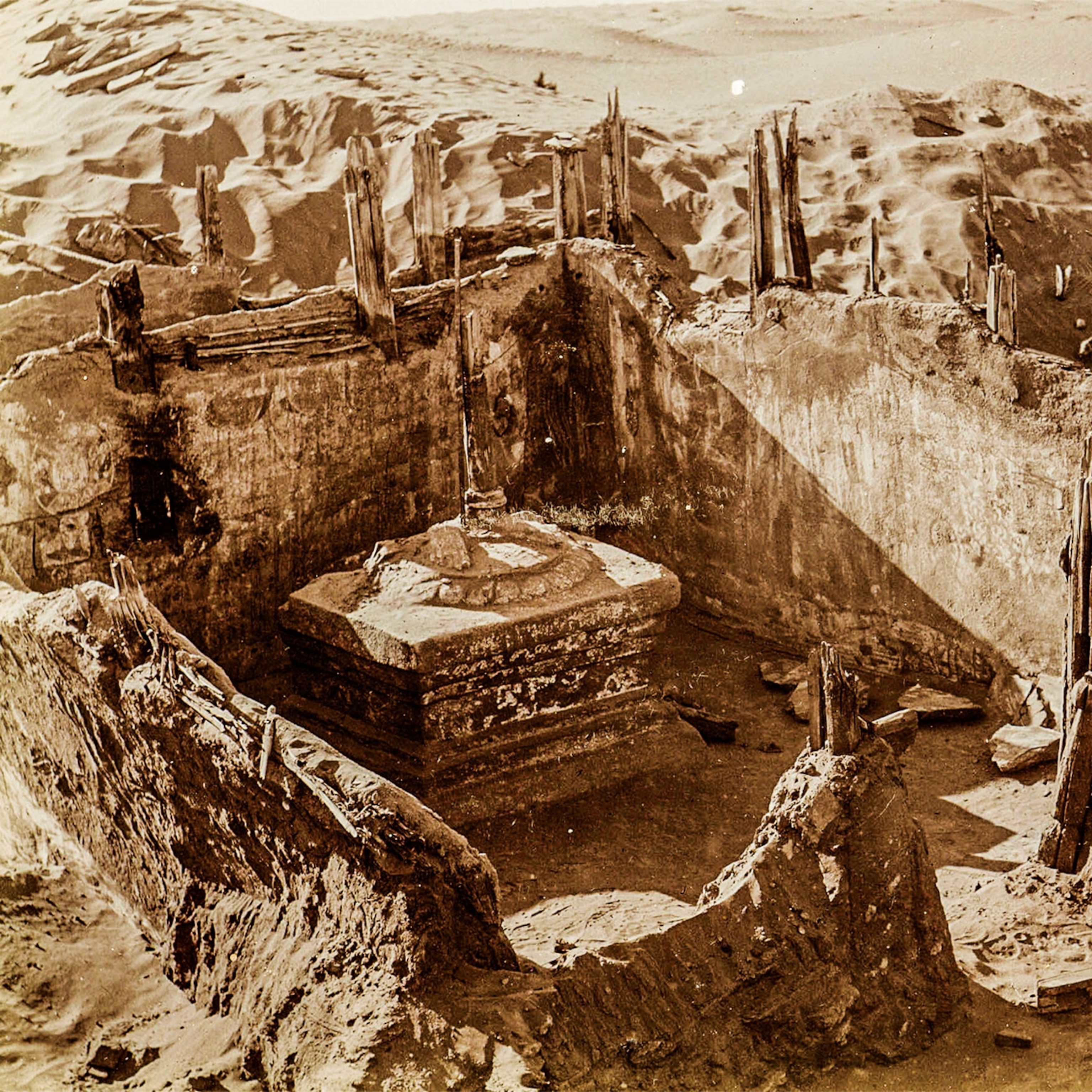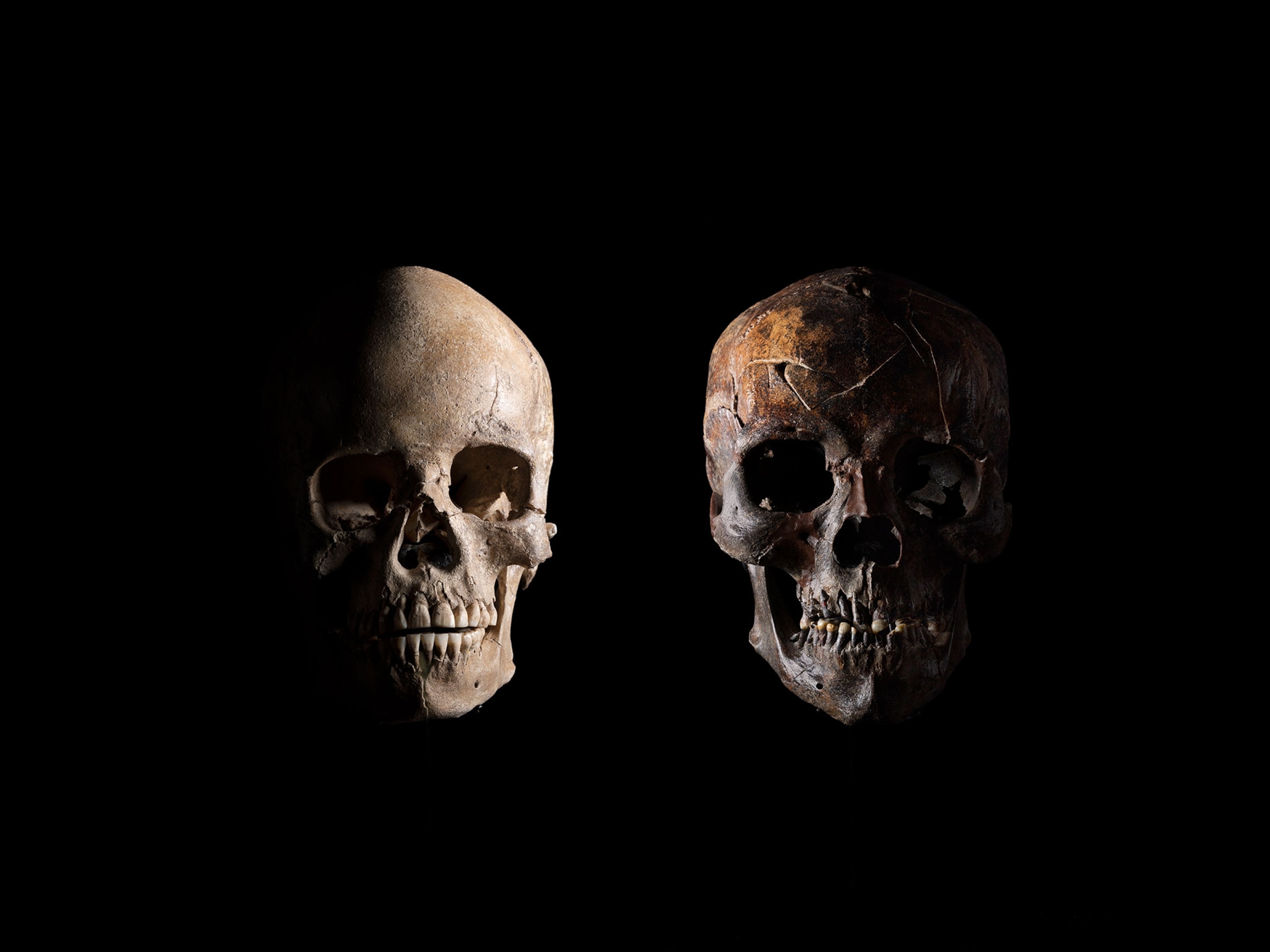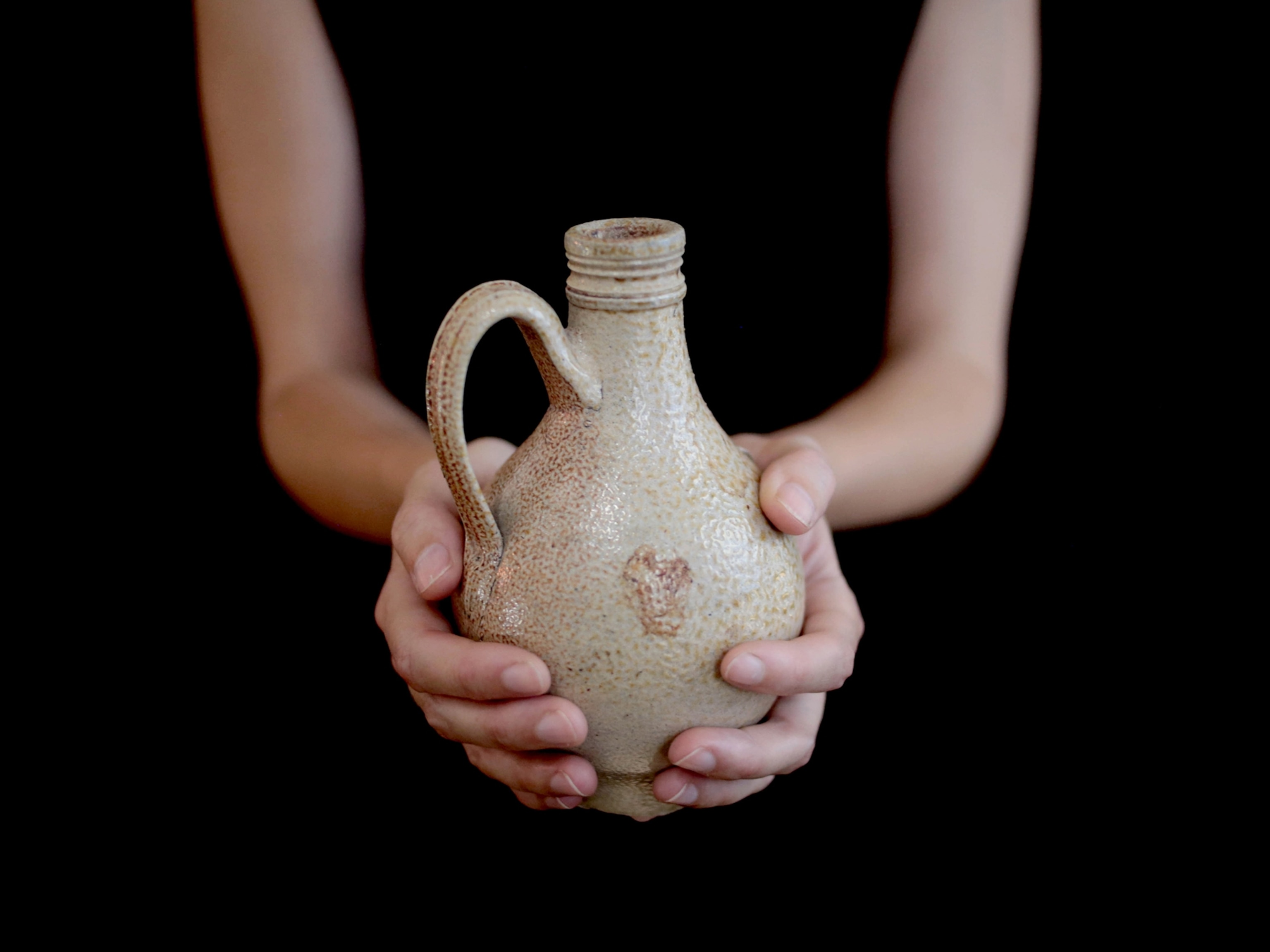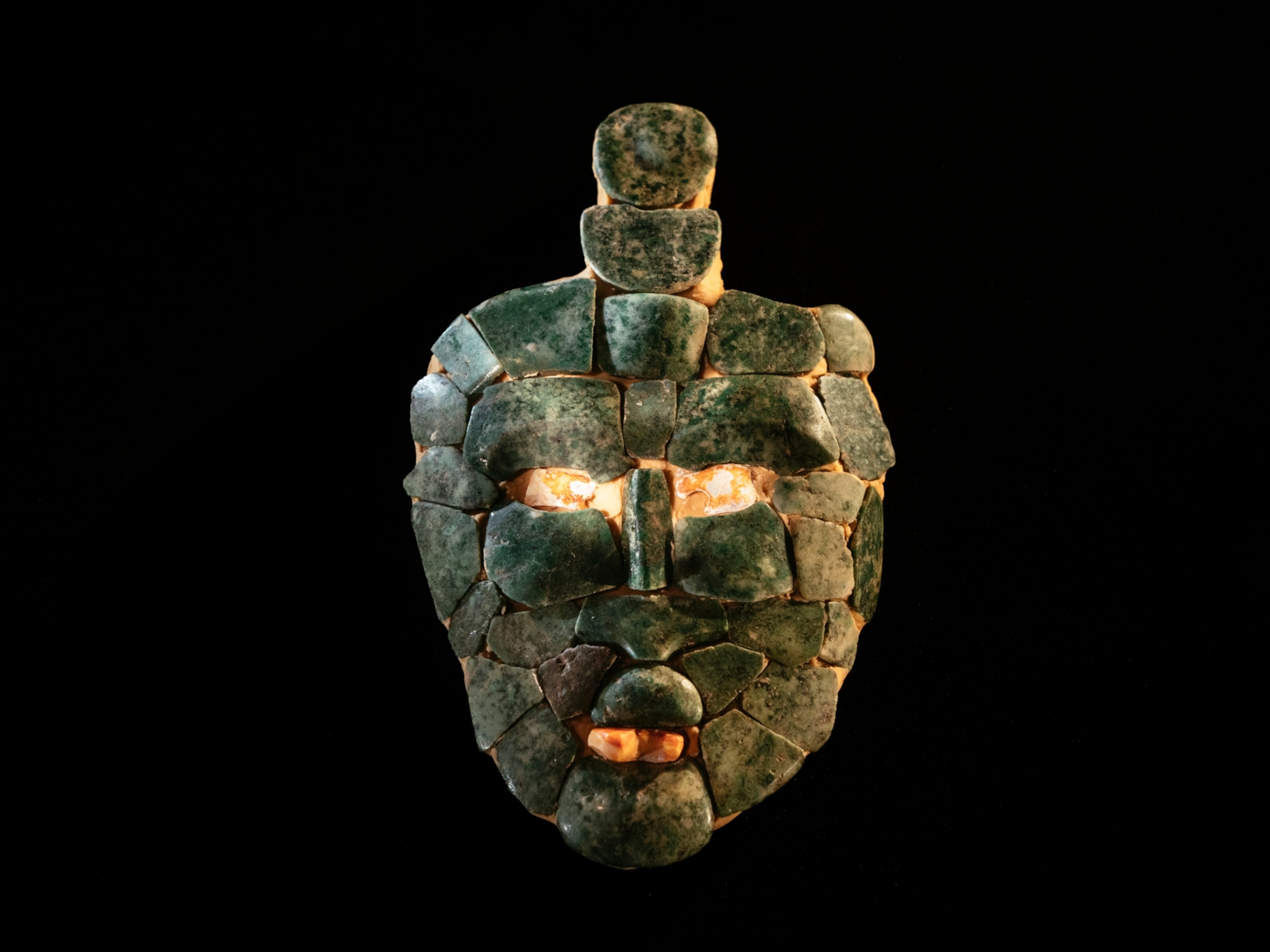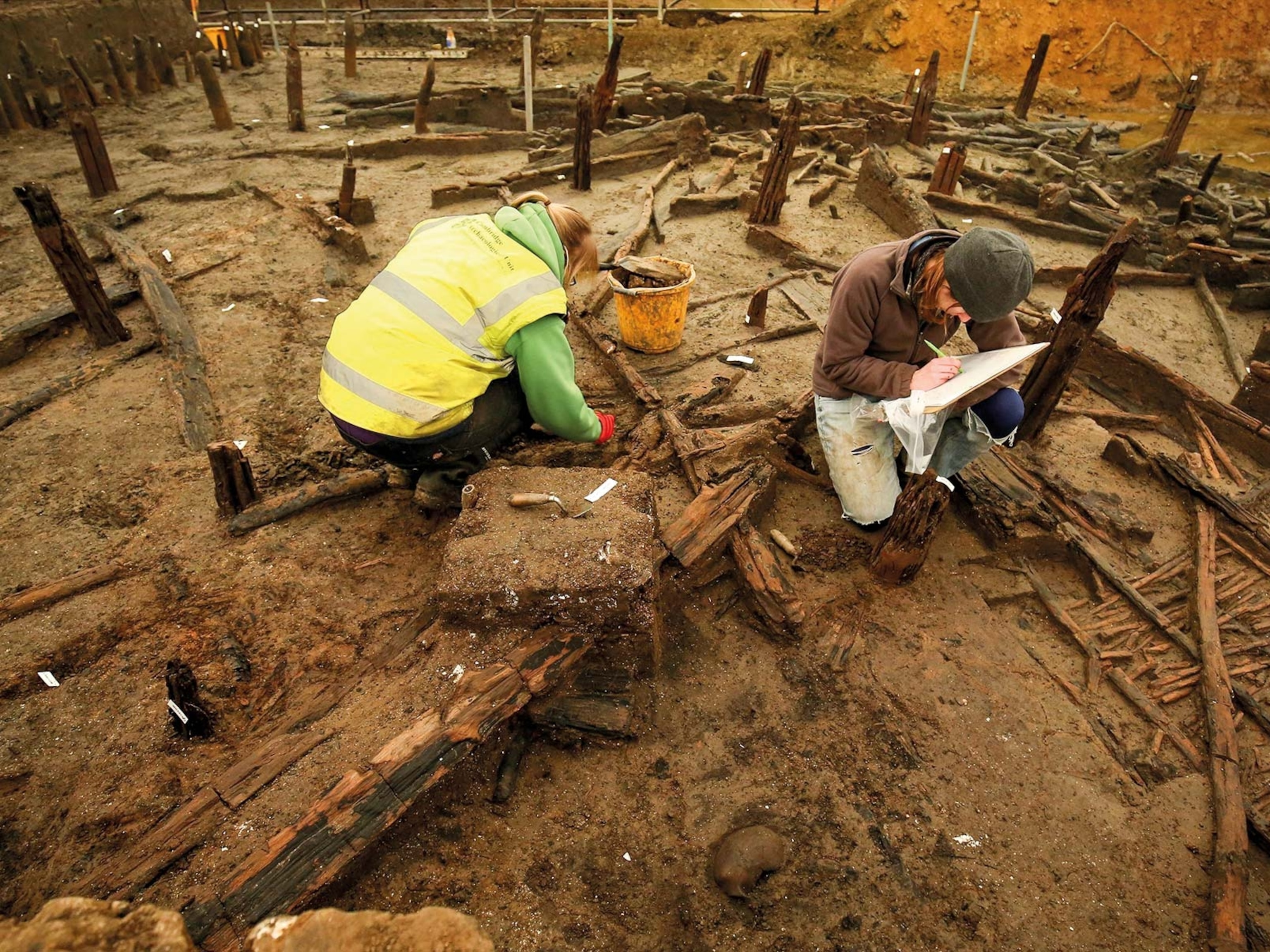Did Mount Vesuvius’ ash cloud really transform a brain into glass?
When an ancient Roman resident of the coastal city Herculaneum was struck down by the eruption of Mount Vesuvius, what happened to his brain became a scientific sensation.
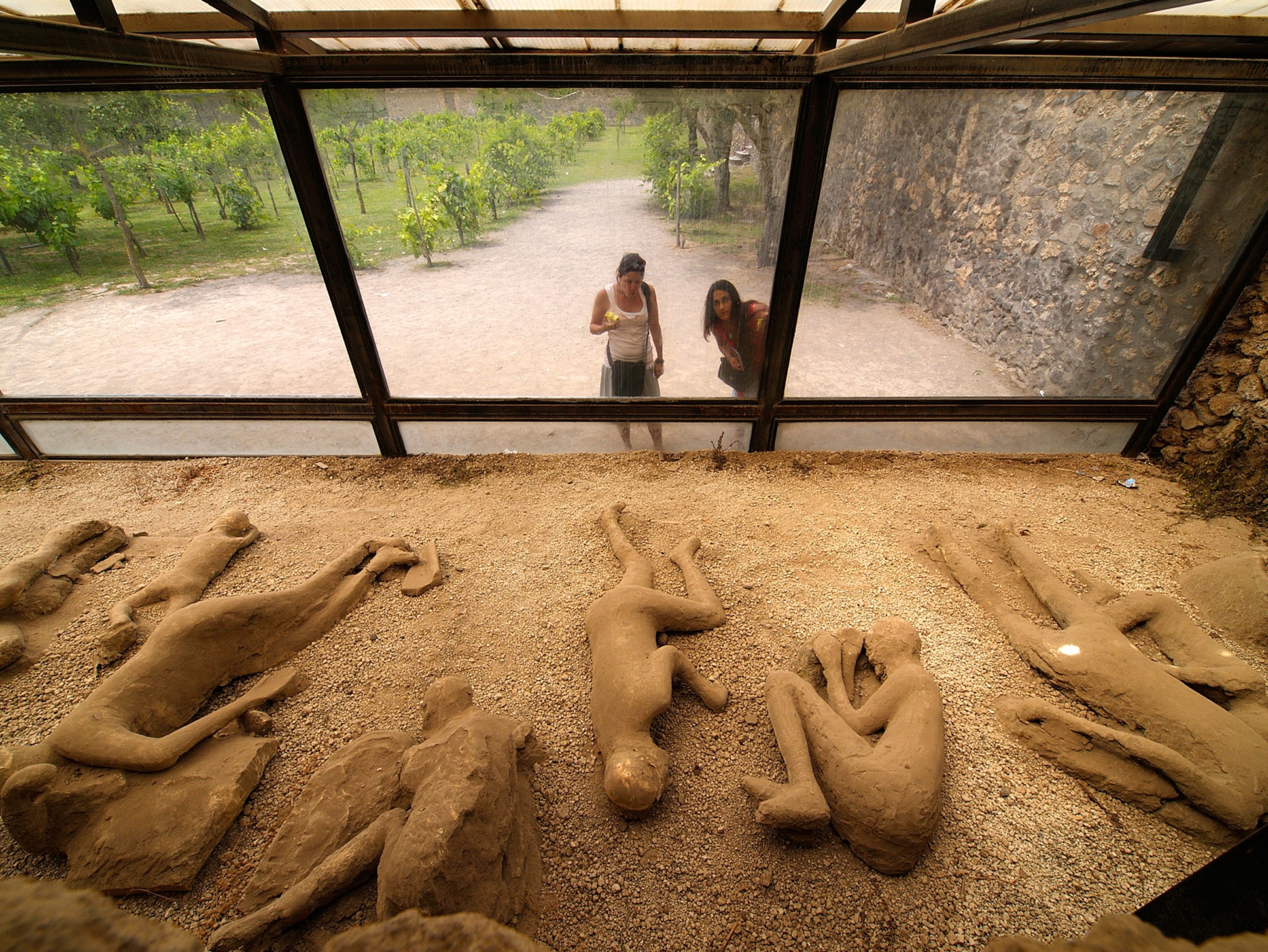
In the ruins of Herculaneum, an Ancient Roman city on the west coast of Italy that was buried by Mount Vesuvius's catastrophic eruption in 79 A.D., researchers made a startling discovery: a human brain transformed into glass. It was the first documented case of a brain naturally preserved in such a shocking state.
The remains were found inside the skull of a seemingly male victim lying in a charred bed within the Collegium Augustalium.
But exactly how the eruption would have caused such an unprecedented transformation remained a mystery when the remains were found.
Now, four of the same scientists from the team who analyzed the glass five years ago have published a study in Scientific Reports saying an extremely hot ash cloud swept through Herculaneum before an avalanche of ash and volcanic rock entombed the ancient city.
That ash cloud, study authors speculated, made possible the conditions that could theoretically turn brain to glass through a process called vitrification.
But at least three experts not affiliated with the research doubt whether this process of glass formation is possible and whether the material was a brain in the first place. The criticisms surrounding these findings highlight the challenging task of reconstructing the ancient past, particularly when those clues involve the microscopic remains of a 2,000-year-old corpse.
If this finding is in fact an example of a brain undergoing such a remarkable physical transformation, it would be, as the new 2025 paper notes, “the only such occurrence on Earth.” While debate remains over the “obsidian-like” material, reconstructing the past may help prepare modern humans for the future.
“What we learned from this study can be of great help regarding volcanic risk assessment in active areas in terms of building shelters that can withstand high temperatures while waiting for rescue,” says Alessandra Pensa, a geologist at the Italian Institute for Environmental Protection and Research.
In addition to the cataclysmic eruptions produced by volcanoes, those living in the shadows of volcanoes similar to Vesuvius may need shelters capable of withstanding a flash of heat capable of turning living tissue into glass.

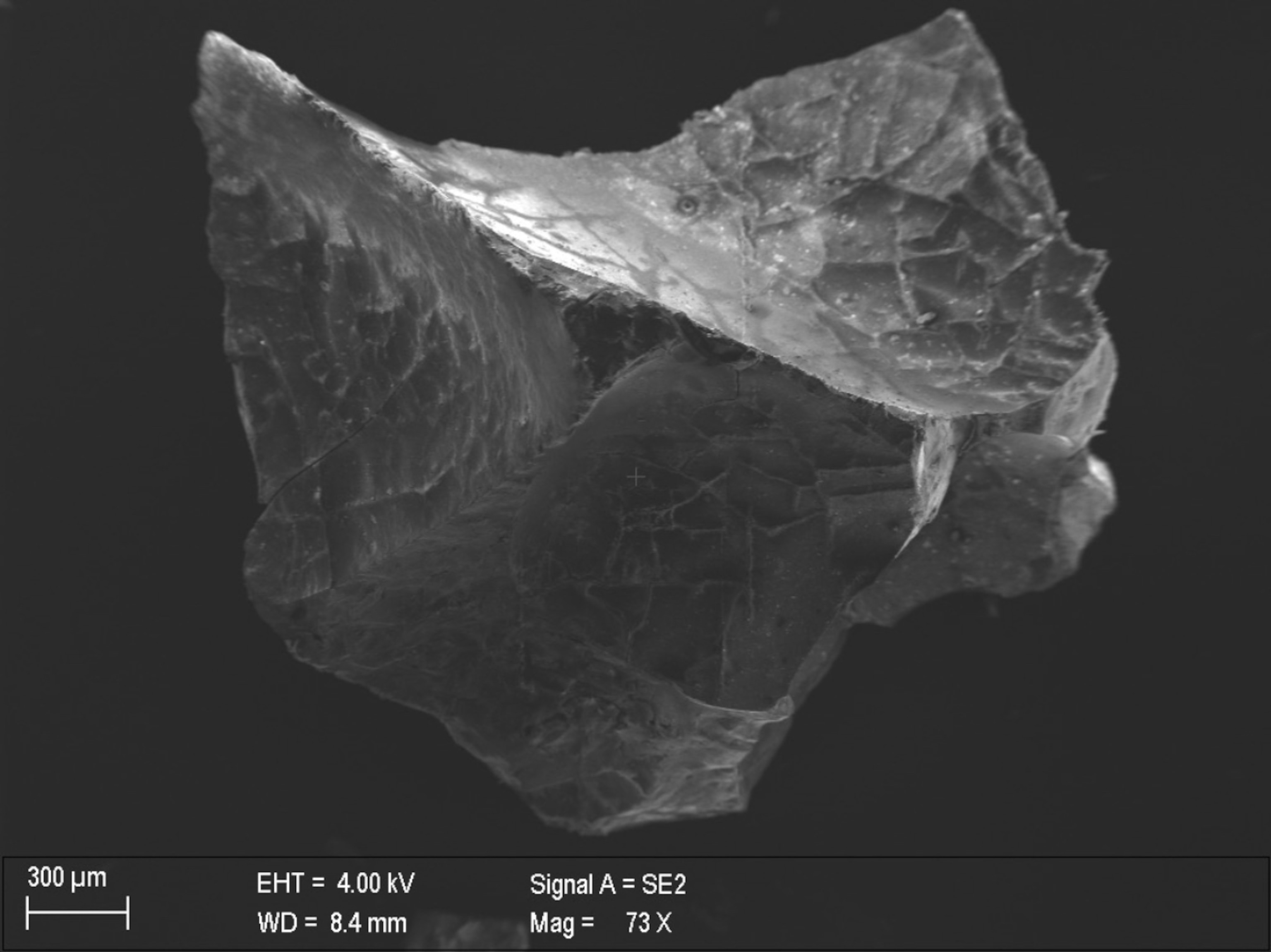
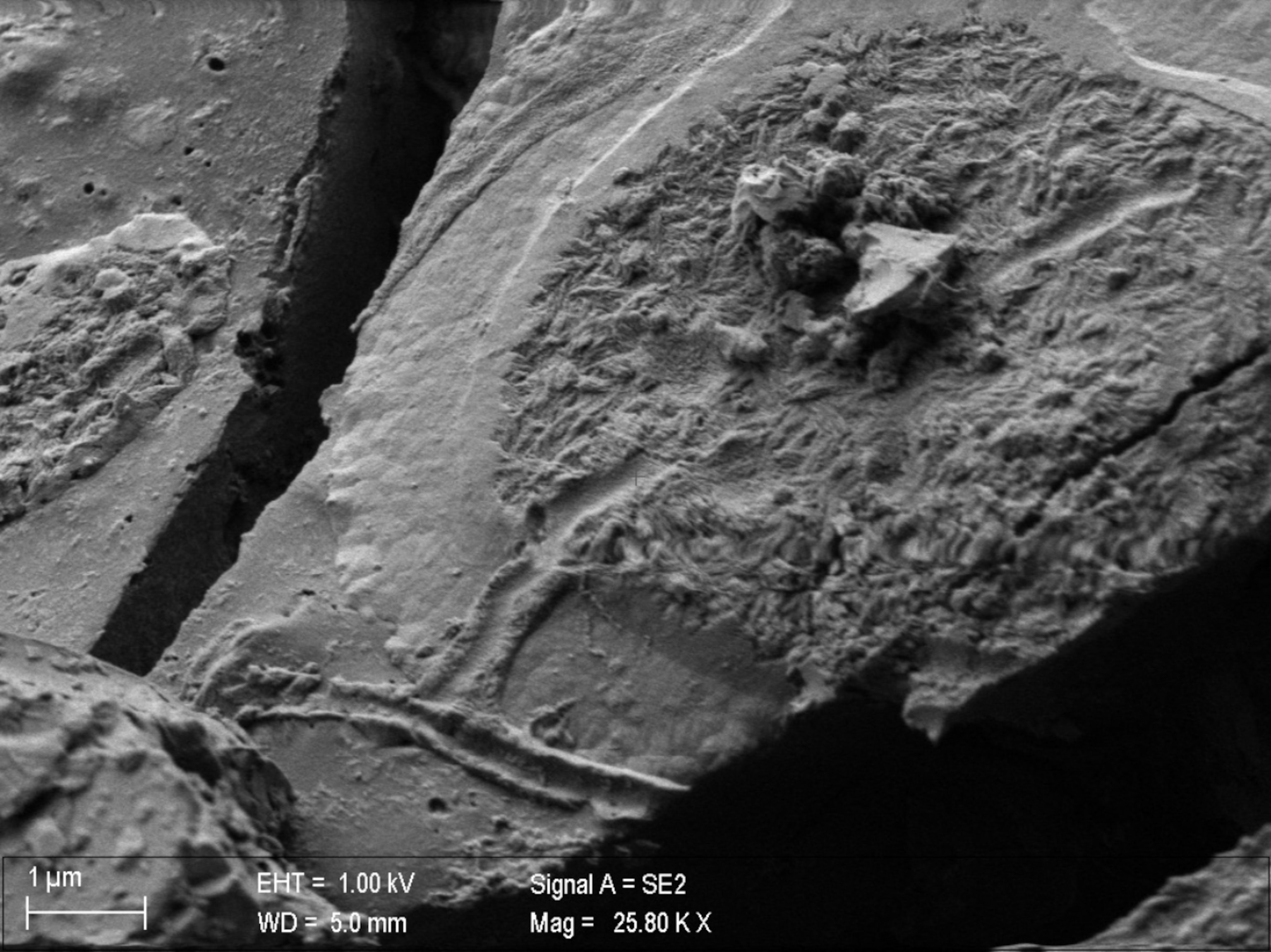
How history was reconstructed
In a 2020 paper, a research team—which included anthropologists, volcanologists, and geologists—studied these ruins and found evidence of seven proteins that indicated the glass remains were once brain tissue.
They documented how an advanced form of microscopy found tiny structures resembling neurons within the glassy material. These microscopic images seemed to support the idea that the material originated from brain tissue.
"It is amazing to see preserved the microscopic neural structures of an ancient brain," says Guido Giordano, a volcanologist at the Università Roma Tre in Italy and lead author on the new study. The contents of the skull were originally examined by forensic anthropologist PierPaolo Petrone, and Giordano was enlisted by the earlier team to study how the volcanic eruption may have contributed to brain tissue preserved in this state. His new research investigates the specific volcanic characteristics that would have theoretically made that transformation possible.
"We were incredulous that such delicate structures could have been preserved in a ‘glassy form,’" adds Pensa.
To reach this state, tissue would theoretically have to be exposed to extremely hot temperatures before rapidly cooling.
Herculaneum’s volcanic flow would not have been hot enough—or allowed for a rapid enough cooling—to enable vitrification of brain tissue. As noted in the recently published paper, glass can only form when the liquid within a given material cools fast enough to skip crystallization as it hardens. But, as Giordano demonstrates in his new study, a short-lived ash cloud could have done the trick.
By rapidly heating and cooling parts of the glass sample collected at Herculaneum, the team found that it began to soften after it reached around 950°F. That means the ash cloud must have reached at least that temperature. Glass would have theoretically hardened after the cloud dissipated and the surrounding air rapidly cooled back to a normal temperature, around 69.8°F.
“We discovered the unique conditions for the formation of glass of a human brain and its preservation,” explains Giordano. “The unique finding implies unique processes.”
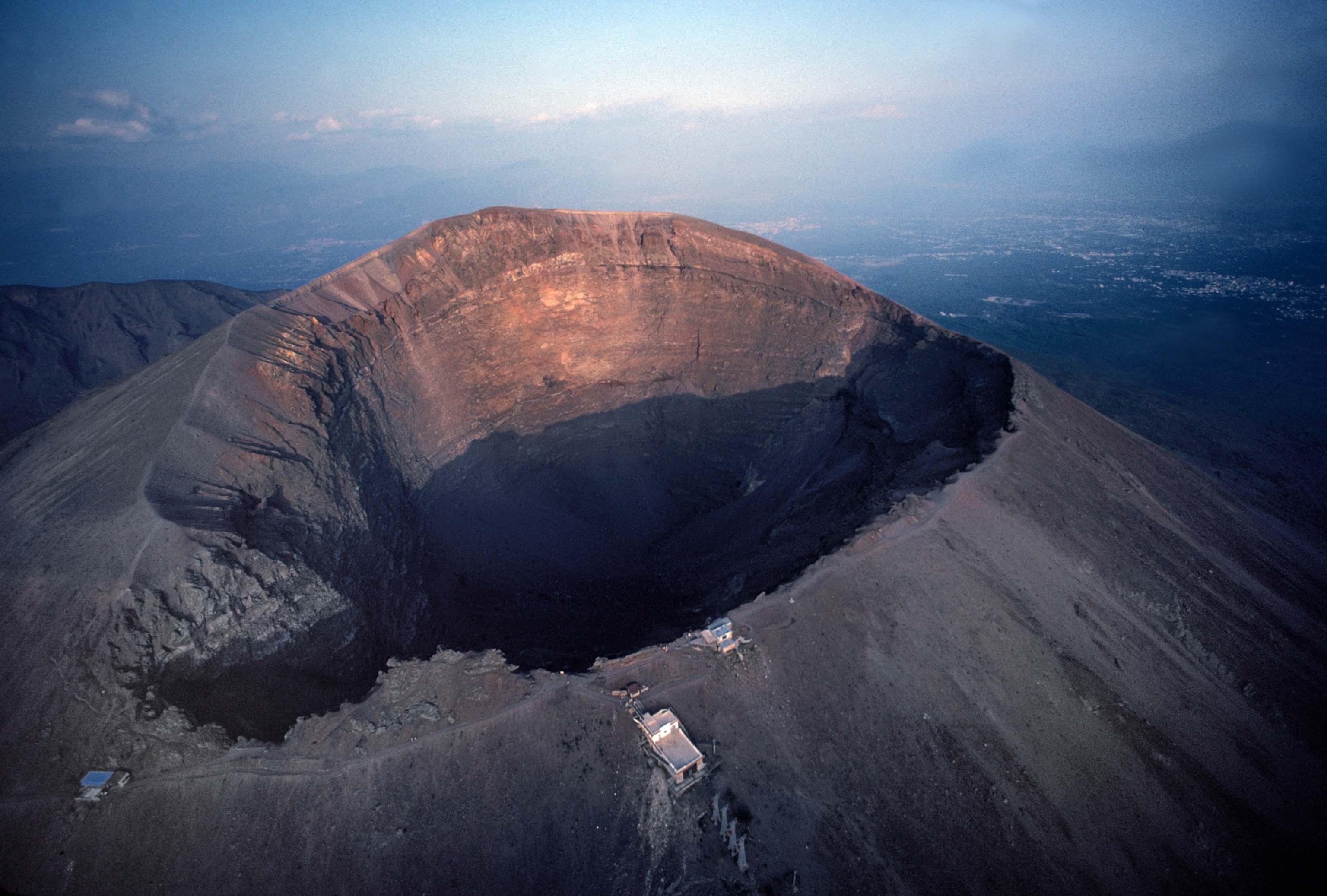
Digging up the details
Yet some experts have questions about how brain microstructures would survive this process and whether the material was brain in the first place.
“I think the team actually does a great job of explaining why vitrification of soft tissue is incredibly unlikely,” says Alexandra Morton-Hayward, forensic anthropologist at the University of Oxford, referring to the recently published piece on the ash cloud. In their paper, the study authors highlight the rarity of this discovery by explaining the unique physical temperature process that would have to occur for organic tissue to transform into a solid glassy state.
“Biological soft tissues cannot naturally form stable glass at ambient temperatures, which, as the authors say, ‘is why no such occurrences exist as natural glasses on Earth.’ I'm not convinced this is the one and only exception to this rule,” Morton-Hayward says.
“Personally, I find their claims to be rather questionable,” says John Mauro, materials scientist at Pennsylvania State University. Mauro’s skepticism relates to the 2025 paper’s finding that the ash cloud responsible for the brain’s transformation would have occurred at nearly 1,000°F. “How can biological soft tissue be heated above [950°F] without undergoing irreversible damage? The claim of attaining a perfect state of preservation is clearly wrong because of this irreversible damage, which necessarily leads to major changes in microstructure.”
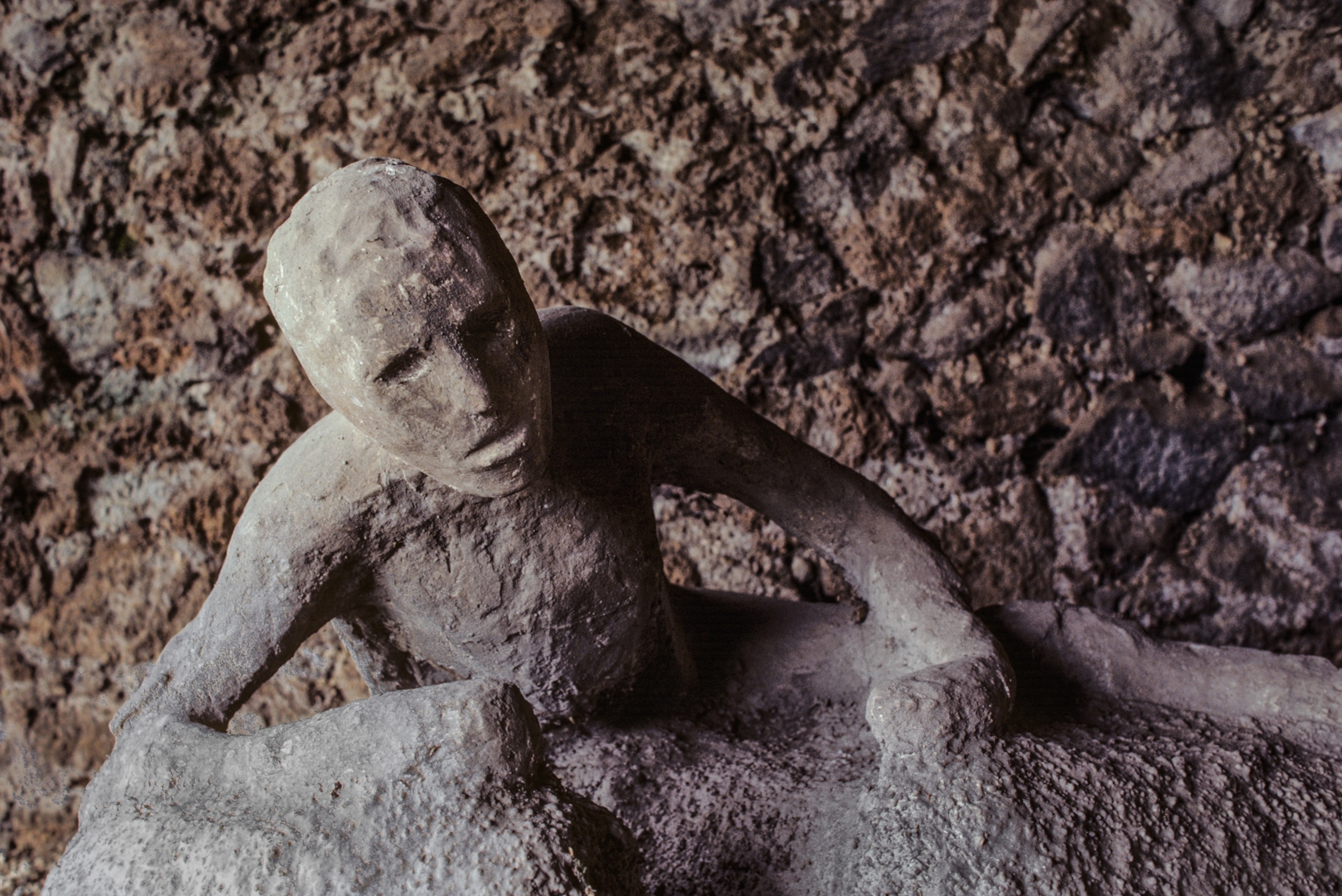

The microstructures the team identified, Mauro suggests, are unlikely to be neurons if the material became as hot as they claim.
In addition to the tiny neuron-like structures found in the new paper, the proteins identified in 2020 have sparked doubt in other researchers. Proteins typically decompose at temperatures much lower than the supposed ash cloud, which would make protein identification impossible, according to Morton-Hayward.
She further points out that preserved ancient brains typically contain over 1,000 proteins, making the identification of just seven proteins highly questionable. Additionally, these proteins are expressed in over 200 cell types throughout the body and aren't brain-specific.
But the new study’s authors say their evidence for an ash cloud descending from Mount Vesuvius supports this one-of-a-kind discovery.
“The material is compositionally and unequivocally organic in origin,” says Giordano. “What organic tissue fills the skull of a man if not a brain?”
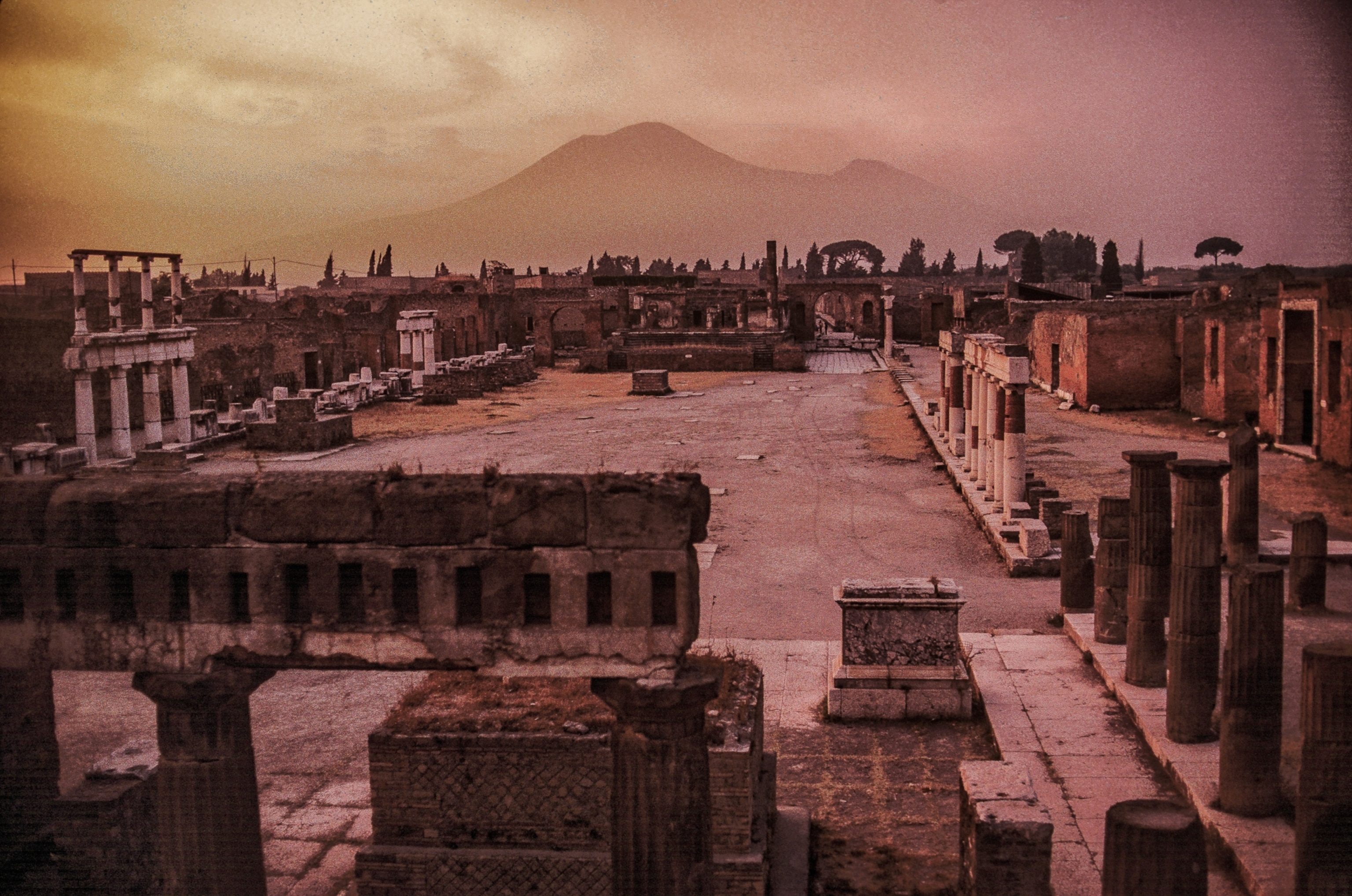
Archaeology faces a challenge
This case exemplifies the tension between remarkable claims and the overwhelming amount of evidence required to support them.
Morton-Hayward is interested in seeing the protein analysis that led the team who produced the 2020 study to conclude the material was in fact brain tissue. Details about how the team extracted samples for analysis and how they identified proteins would help Morton-Hayward and other scientists determine whether these conclusions are reasonable or whether other methods might be more accurate.
Matthew Collins, a biomolecular archaeologist at the University of Cambridge draws a parallel to lessons learned in ancient DNA research. With such little data to analyze, "we realized that unless you released all the data raw, then the community couldn't move forward."
Researchers studying ancient proteins face a similar challenge.
Ancient sets of proteins are complex and often contaminated, so sharing raw data from protein analysis is especially important in archaeological research, argues a group of early-career researchers called PAASTA (Palaeoproteomics And Archaeology, Society for Techniques and Advances). Without access to raw data, the wider scientific community cannot independently verify the findings or propose alternative interpretations.
Archaeology is especially vulnerable to controversial findings.
“I do understand the kind of drive to maximize what we can learn from [archeological remains]. But equally, I think we have to be incredibly cautious about the inferences that we make,” says Morton-Hayward.
Whether this glassy material truly represents a vitrified brain remains contested. But one thing is clear: extraordinary claims require extraordinary evidence.


